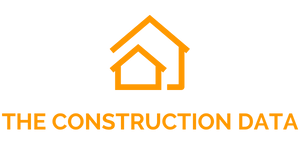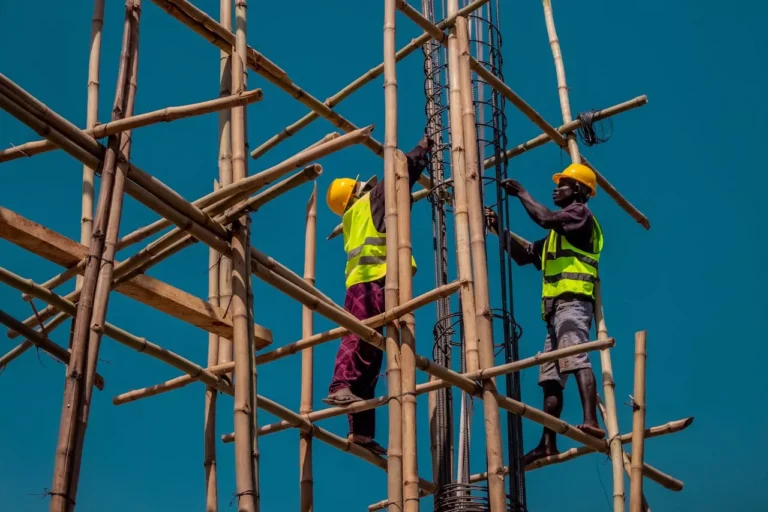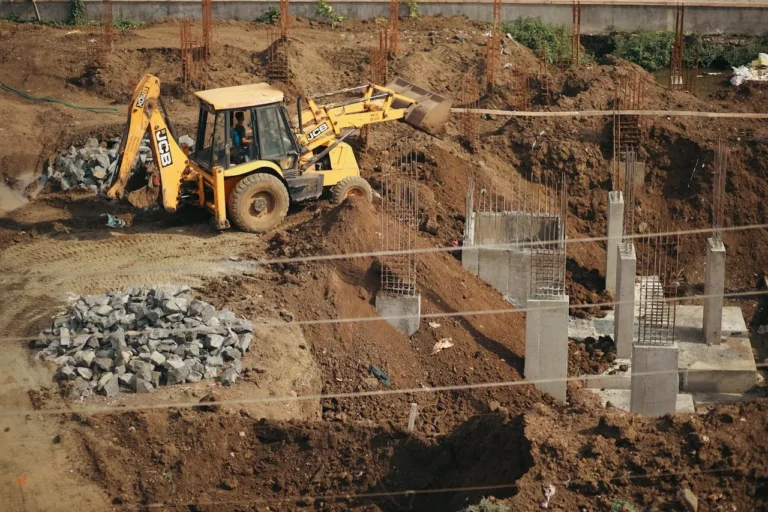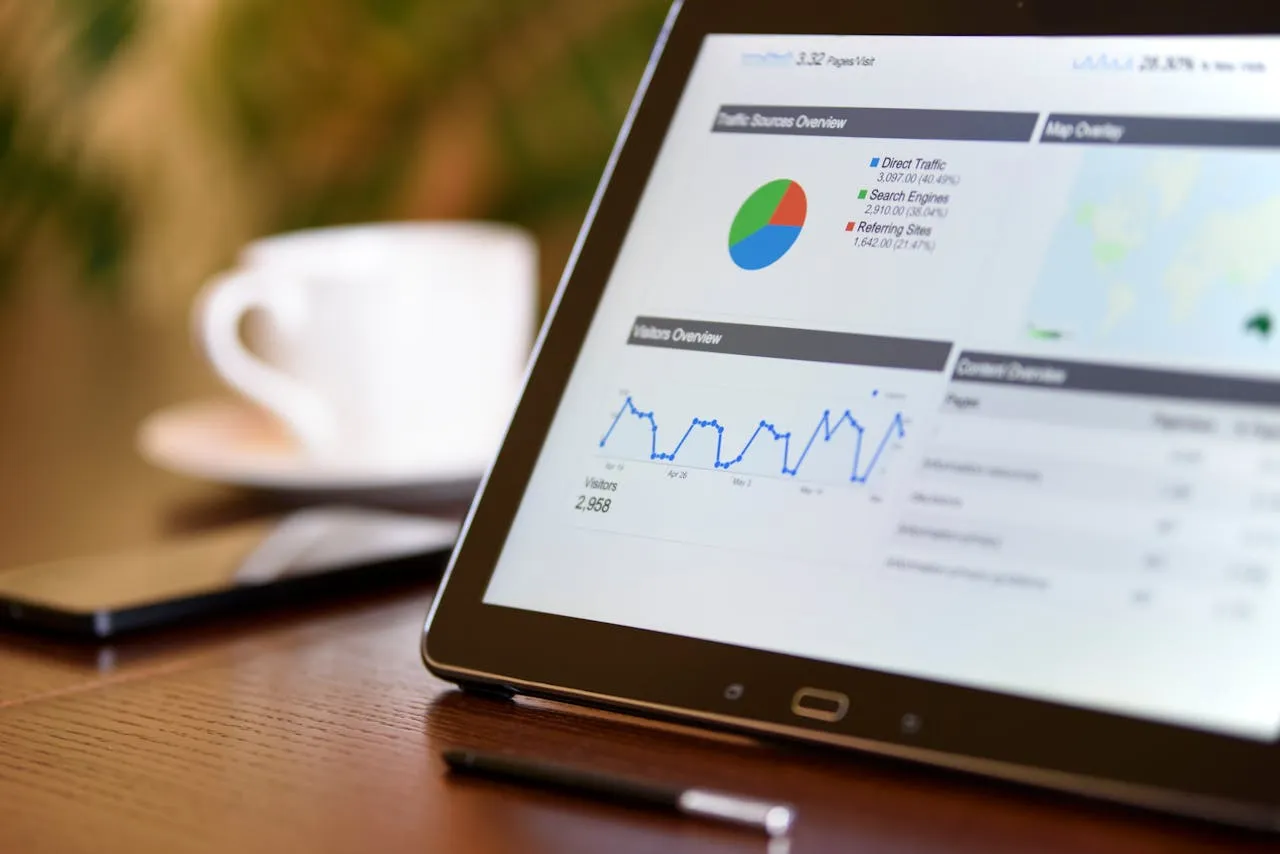
US Construction Report 2025–2034 | Smart Building & Expansion Trends
The “United States Construction Market Size Analysis Report – Market Share, Forecast Trends and Outlook (2025–2034)” has recently been added to ResearchAndMarkets.com’s portfolio, offering an in-depth look at the current performance, future opportunities, and competitive dynamics shaping the U.S. construction industry.
According to the report, the United States construction market size reached an estimated USD 1.90 trillion in 2024. The market is projected to grow steadily, achieving a compound annual growth rate (CAGR) of 4.40% between 2025 and 2034, ultimately reaching a value of USD 2.92 trillion by 2034. This growth trajectory highlights the central role of construction in driving economic activity, supporting urban development, and modernizing infrastructure across the nation.
Understanding the Construction Sector
Construction broadly refers to the design, planning, procurement, and assembly of physical structures, ranging from buildings and industrial facilities to transport infrastructure such as roads, bridges, and airports. It is an industry that integrates multiple disciplines and skill sets, bringing together architects, engineers, contractors, project managers, and skilled tradespeople to deliver projects of varying complexity.
The construction process typically includes:
- Planning and Design – Developing project blueprints, cost estimates, and environmental assessments.
- Procurement – Sourcing materials, equipment, and labor while maintaining compliance with regulatory frameworks.
- Execution – Coordinating on-site activities including groundwork, structural assembly, and finishing.
- Handover and Maintenance – Ensuring the built structure meets safety, quality, and sustainability standards for long-term use.
With the U.S. economy heavily dependent on infrastructure and urban systems, the construction industry is not only a major economic contributor but also a barometer of broader economic health.
Key Growth Drivers of the U.S. Construction Market
Several interlinked factors are fueling the expansion of the American construction industry:
1. Rising Infrastructure Investments
The federal government and state authorities are allocating substantial budgets toward improving infrastructure. From highways and ports to power grids and broadband connectivity, investment programs are designed to stimulate economic growth, reduce congestion, and strengthen national competitiveness. Major initiatives such as the Infrastructure Investment and Jobs Act (IIJA) are expected to inject hundreds of billions of dollars into construction-related projects over the next decade.
2. Urbanization and Housing Demand
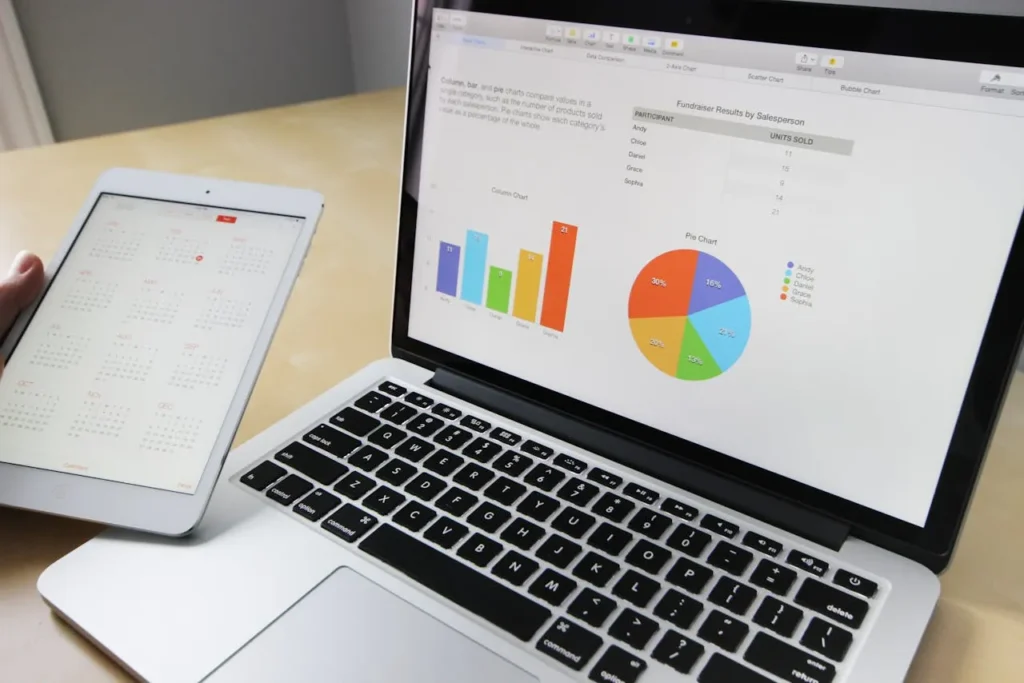
The U.S. population continues to grow, with urban centers absorbing the majority of this expansion. This trend generates significant demand for new housing, affordable residential developments, and supporting infrastructure. Rapid growth in metropolitan areas is also prompting redevelopment and high-rise construction projects.
3. Manufacturing and Industrial Development
With a push toward domestic manufacturing of semiconductors, electronics, and green technologies, industrial construction is accelerating. Facilities for battery production, electric vehicles, and clean energy manufacturing are key priorities, attracting both private investment and government incentives.
4. Modernization of Aging Infrastructure
Much of the U.S. infrastructure—bridges, tunnels, airports, and utilities—was built decades ago. Deterioration has created a pressing need for rehabilitation, upgrades, and maintenance projects. This modernization effort is expected to be a consistent driver of construction activity through 2034.
5. Technological Innovation in Construction
The adoption of digital tools and automation is transforming construction practices. Key technologies include:
- Building Information Modeling (BIM): Enhancing collaboration, reducing errors, and improving project visualization.
- Artificial Intelligence (AI) and Predictive Analytics: Streamlining project planning, cost forecasting, and risk assessment.
- 3D Printing and Modular Construction: Reducing waste, accelerating timelines, and enabling sustainable building.
- Augmented and Virtual Reality (AR/VR): Improving worker training and client engagement.
These innovations are making construction more efficient, cost-effective, and sustainable.
Market Trends
Smart Buildings and IoT Integration
The demand for smart buildings is rising, particularly in urban environments. Through the integration of the Internet of Things (IoT), buildings can optimize HVAC systems, lighting, energy use, and security. This not only enhances occupant comfort but also contributes to sustainability and energy efficiency goals.
Sustainability and Green Construction
Environmental concerns are pushing the construction industry to adopt eco-friendly building materials, renewable energy systems, and net-zero energy designs. The demand for green commercial buildings is expected to grow substantially, with corporations and governments increasingly prioritizing carbon reduction.
Public-Private Partnerships (PPPs)
As large-scale infrastructure projects often require significant investment, collaborations between the public sector and private developers are becoming more common. PPPs allow governments to leverage private capital and expertise while ensuring project delivery on time and within budget.
Market Share Analysis
By Construction Type
Additions and upgrades are expected to command a significant share of the U.S. construction market. This category includes the expansion, refurbishment, or modernization of existing structures. With roads, railways, and energy grids requiring constant upgrades, the focus on additions is expected to remain high.
By End Use
Commercial construction is poised for robust growth. This includes office spaces, retail outlets, industrial facilities, and healthcare centers. The rising number of startups, multinational expansions, and healthcare investments in states like Texas, Florida, and Arizona is driving demand. Additionally, the green building trend is pushing companies to construct eco-certified facilities.
Competitive Landscape
The U.S. construction market is highly competitive, with both established national firms and specialized regional players. The report provides a thorough Porter’s Five Forces and SWOT analysis, along with updates on mergers, acquisitions, and expansion strategies.
Hensel Phelps Construction Company
Founded in 1937, Hensel Phelps is a leading general contractor with expertise across healthcare, government, education, hospitality, and industrial sectors. The company is known for integrating cutting-edge technologies and sustainable practices, positioning itself as a leader in large-scale complex projects.
Lennar Corporation
Founded in 1954, Lennar Corporation is one of the largest residential builders in the U.S., with a diversified portfolio ranging from single-family homes to multi-unit condominiums. It also develops active adult communities, responding to demographic shifts such as the aging population. Lennar’s strong market presence and innovative financing models make it a pivotal player in the housing market.
Other notable companies highlighted in the report include:
- Bechtel Corporation – A global leader in large-scale infrastructure and energy projects.
- Turner Construction Company – Specializing in commercial and healthcare construction.
- Skanska USA – Known for sustainable construction practices and urban redevelopment.

